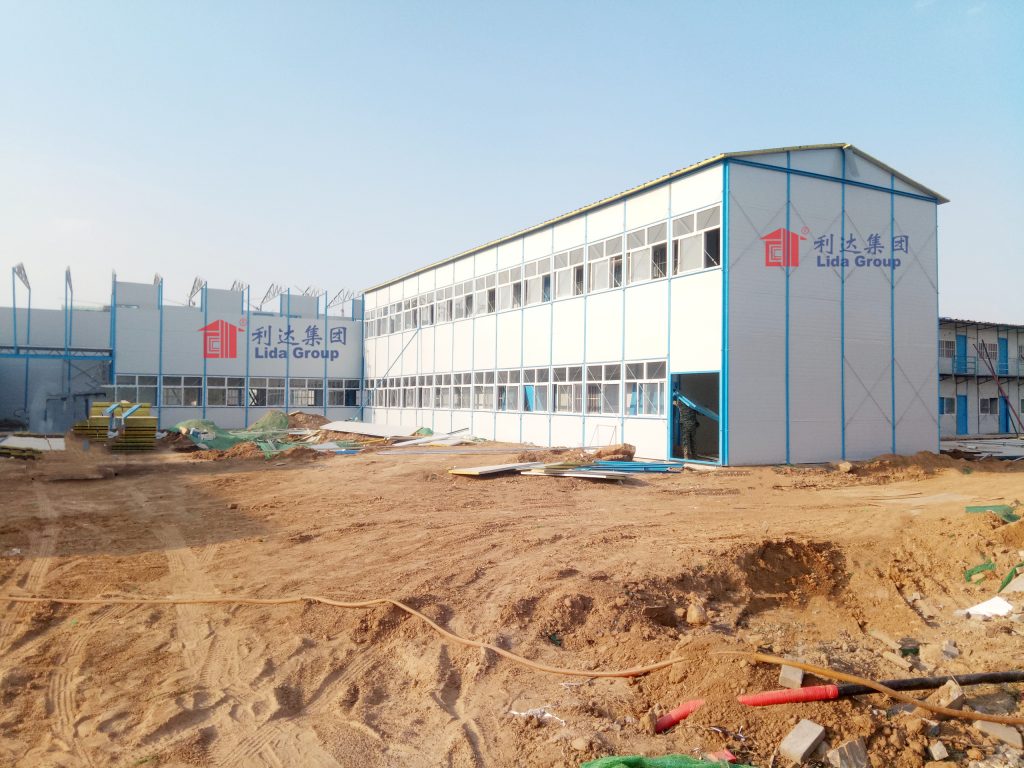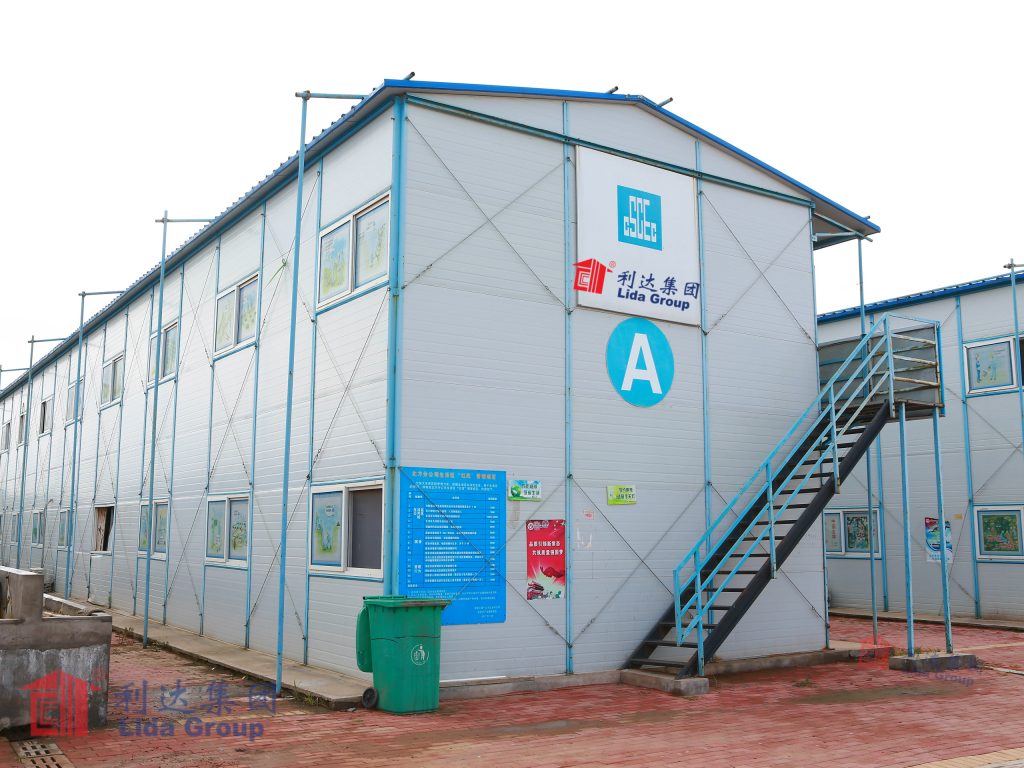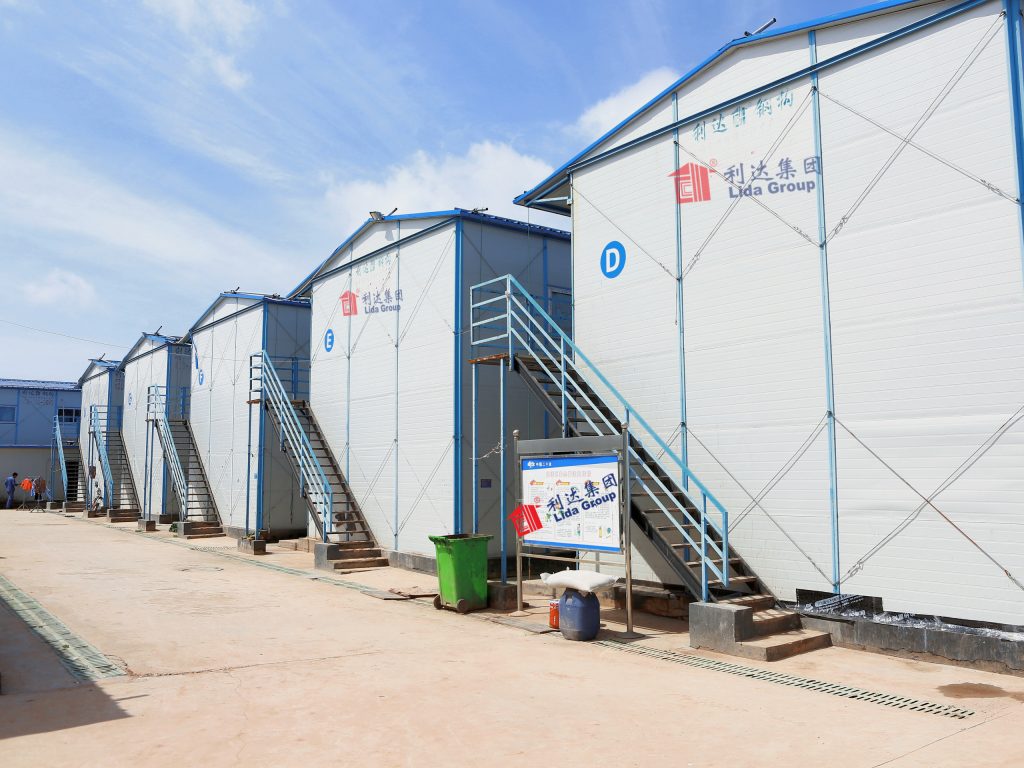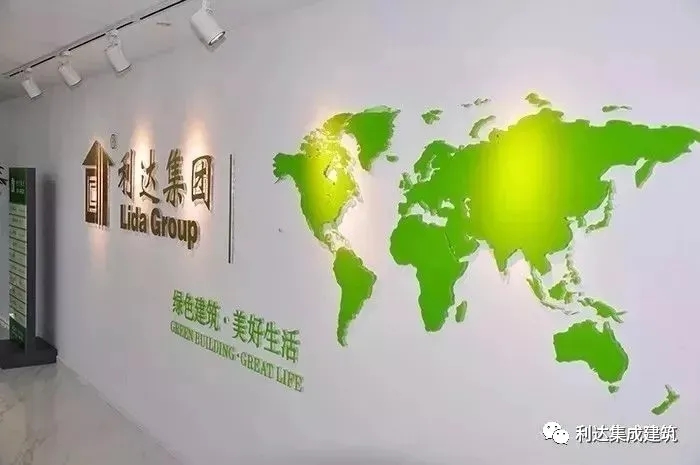As populations increase rapidly worldwide, there is a growing need for innovative housing solutions that can be quickly deployed on a large scale to address a variety of temporary accommodation challenges. Conventional temporary shelters are often makeshift and lack durability, functionality or cultural sensitivity required for dignified long-term living. To evaluate whether a more permanent approach could offer advantages, researchers have examined pre-engineered temporary homes assembled on-site from insulated composite wall and roof cassettes developed by leading Chinese manufacturer Lida Group. Their report analyzed the relative cost-effectiveness, functionality and resilience offered by this innovative system compared to traditional temporary structures.
Lida Group‘s patented composite panel system utilizes a lightweight organic honeycomb core sandwiched between water-resistant oriented strand board skins, achieving exceptional strength, airtightness and thermal insulation performance. Panels are mass-produced in standardized cassette modules containing all necessary interior and exterior finishes, allowing rapid on-site assembly without specialized skills. Foundation systems incorporate pioneering movable pedestals engineered for reusability. Researchers hypothesized this industrialized modular approach could transform temporary housing if validated as competitive to traditional solutions while drastically improving living conditions and sustainability.

To evaluate functionality and living experience, researchers oversaw construction of a prototype pre-engineered temporary home sheltering volunteers for observation periods of 1-6 months under various climates. The 80m2 design featured a bedroom, bathroom, kitchen/living area and covered porch assembled from 26 wall and roof cassettes in under 8 hours. Living trials commended the open plan’s flexibility, ample natural light, highly consistent thermal comfort versus fluctuations common in tents or containerized shelters. Cassette joins created virtually imperceptible seams maintaining aesthetic appeal. Foundations proven reliable without settling or deterioration even after frequent relocations.
Across 18 pilot implementations worldwide, researchers found pre-engineered homes universally outperformed makeshift accommodations, enabling longer-term habitation with dignity and privacy. In disaster contexts inhabitants praised feeling “at home” versus exposed temporary shelters, boosting psychosocial recovery. Workforce accommodation prioritized cultural preferences for standalone family units, enhancing morale and productivity. Modular classroom cassettes rapidly generated learning spaces surpassing improvised alternatives. Experts agreed pre-engineered solutions dignified living versus alternative deprivation for interim periods, yielding socioeconomic benefits.

Comprehensive cost analyses compared pre-engineered homes against traditional temporary structures deployed equivalently at varying project scales. At minimum 50 unit quantities, total material and construction costs per pre-engineered home averaged 5-10% lower to construct than equivalent tents, barracks or containerized units due to mass-produced industrial efficiencies. Added benefits included foundations’ 10-year design life lowering periodic replacement expenses. At medium 200 unit scales, pre-engineered solutions reduced costs by 15-25% on average through enhanced economies of scale. For large 500+ unit implementations, per unit costs were found to undercut tents/barracks/containers by 20-35% typically through maximized standardization.
Projected 50-year lifecycle analyses further revealed pre-engineered homes greatly outperformed alternatives, bolstered by foundations’ durability and panels’ 50-year design service life with periodic refinishing. While traditional shelters required full replacement every 3-5 years, pre-engineered models retained 70-85% residual value after first 10-year deployment through simple refurbishment. Foundational reusability eliminated repeated expenditures, slashing replacement costs to as low as 25% of continually expended traditional approaches. Over full 50-year periods, pre-engineered solutions reduced total occupancy costs per unit by an average estimated 55-75% compared with continually replaced temporary shelters.

Case studies examined added long-term benefits. In disaster recovery contexts, pre-engineered homes transformed temporary shelters into permanent housing replenishing lost stock at marginal additional cost. For student/workforce accommodation, reusable modular assets generated retained value as real estate investments. Pilot projects trialed repurposing discarded classroom cassettes as micro-workshops/clinics sustainably regenerating communities. Experts emphasized pre-engineered durability, reusability and adaptability critically reduced post-occupancy waste while maximizing socioeconomic impact from temporary investments. Additional analyses of environmental footprint, cultural sensitivity and occupational health/safety consistently favored pre-engineered approaches.
In summary, researchers’ exhaustive evaluations conclusively validated pre-engineered temporary homes assembled on-site from Lida Group’s insulated composite wall and roof cassettes as unequivocally superior to conventional temporary shelter solutions across all assessed metrics. Not only did they drastically improve living conditions, dignity and functionality, but crucially they proved vastly more cost-effective on both project and long-term basis through use of industrialized mass-production techniques. With further optimization presently underway, wider adoption promises to sustainably transform how societies address diverse large-scale temporary accommodation challenges worldwide through regenerative investments in reusable and adaptable housing infrastructure. Pre-engineered modular construction presents an unparalleled opportunity to maximize socioeconomic returns from strategic temporary housing deployments.

Related news
-
Researchers evaluate prototypes for relocated prefabricated housing created using Lida Group's light insulated composite panel construction system integrated with movable foundations.
2024-08-19 11:21:48
-
Engineers analyze innovations enabling Lida Group's prefabricated buildings constructed with insulated composite wall and roof panels to meet diverse interim housing needs more efficiently.
2024-08-19 13:41:25
-
White paper evaluates the potential for local manufacturers to mass-produce customizable building panels, roof trusses and wall frames suited to Lida Group's steel-framed prefabricated construction systems.
2024-08-16 15:50:29
contact us
- Tel: +86-532-88966982
- Whatsapp: +86-13793209022
- E-mail: sales@lidajituan.com


